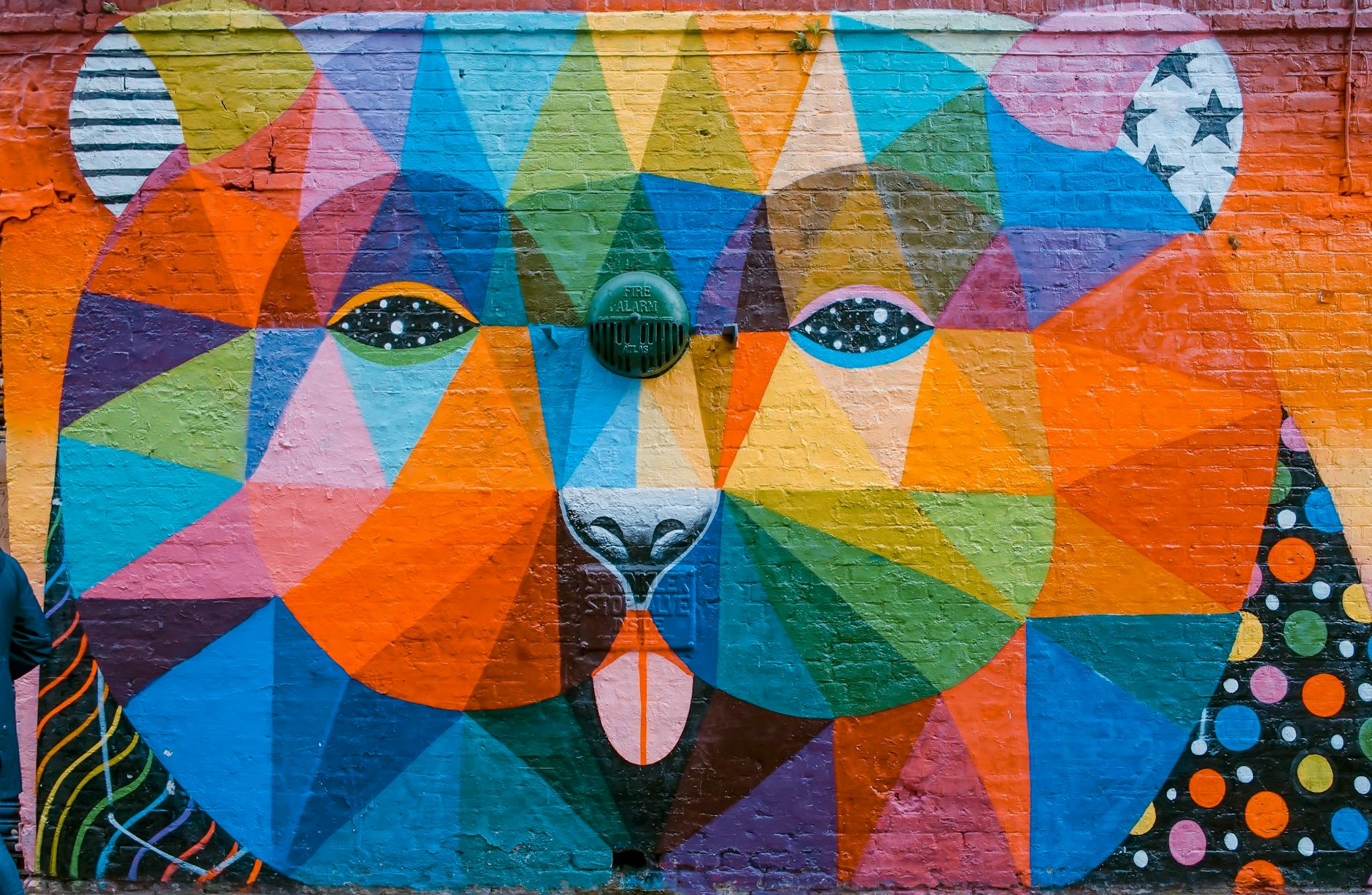In today’s visually driven world, the impact of graphic design on business growth is profound. A strong visual identity not only sets businesses apart in a crowded market but also communicates values, builds credibility, and fosters trust among audiences. In this article, we’ll explore how graphic design serves as a strategic tool for business success, touching on key areas such as branding, marketing, user experience, and customer retention.

Brand Identity: Building a Memorable Presence
At the heart of any successful business is a recognizable brand identity, and graphic design is the foundation of that identity. Logos, color schemes, typography, and visual styles work together to create a cohesive image that represents the essence of a company. Consider globally recognized brands such as Apple, McDonald’s, or Nike—their visual elements evoke instant recognition and trust. For smaller businesses, effective graphic design can achieve the same result on a more localized level, ensuring customers remember and connect with them.
A well-designed brand identity conveys professionalism and builds credibility. Customers are more likely to trust a business with a polished logo and consistent visual communication than one with mismatched, poorly designed materials. This credibility can lead to increased customer loyalty and ultimately drive revenue growth.
Marketing Campaigns: Captivating and Converting Audiences
Graphic design plays a pivotal role in marketing campaigns, helping businesses communicate messages effectively and capture attention. Whether it’s a billboard, social media ad, or email newsletter, visually engaging content is more likely to resonate with audiences. Eye-catching visuals not only attract potential customers but also increase the likelihood of them remembering the message.
In a world where consumers are bombarded with advertisements, standing out is crucial. Well-designed marketing materials that align with a brand’s identity help businesses cut through the noise and establish a connection with their target audience. Furthermore, effective graphic design can significantly enhance the performance of digital marketing campaigns, leading to higher click-through rates, increased engagement, and improved conversion rates.
Storytelling: Connecting with Customers Emotionally
Every business has a story, and graphic design is an essential medium for telling it. Through thoughtfully crafted visuals, businesses can communicate their mission, values, and unique selling points. From packaging design to website layouts, each element contributes to the narrative, creating an emotional connection with customers.
For example, a company dedicated to sustainability might use earthy colors, organic shapes, and eco-friendly materials in their designs to emphasize their commitment to the environment. This visual storytelling not only attracts like-minded customers but also strengthens brand loyalty, as people are more likely to support businesses that align with their values.
User Experience: Enhancing Interaction and Accessibility
Graphic design isn’t limited to static visuals—it also extends to the digital realm, where user experience (UX) design plays a critical role. A well-designed website or app can significantly impact how users perceive and interact with a business. Intuitive navigation, clear calls-to-action, and visually appealing interfaces enhance the overall experience, making it more likely that users will engage with the brand.
For e-commerce businesses, effective graphic design can directly influence sales. High-quality product images, clean layouts, and user-friendly design elements create a seamless shopping experience, reducing bounce rates and increasing conversions. Accessibility is another key consideration; ensuring designs are inclusive and easy to use for individuals with disabilities broadens a business’s reach and fosters inclusivity.
Consistency: Reinforcing Brand Trust
Consistency is key when it comes to graphic design. A cohesive visual identity across all platforms—websites, social media, packaging, and advertisements—reinforces brand recognition and trust. When customers encounter consistent visuals, they are more likely to remember and trust the business, which translates to repeat purchases and referrals.
Inconsistency, on the other hand, can confuse customers and diminish credibility. Imagine a scenario where a business’s website features a sleek, modern design, but its marketing materials are outdated and disjointed. This disconnect can create doubt in customers’ minds, potentially driving them to competitors.
Social Media Engagement: Driving Visibility
In the age of social media, graphic design plays a vital role in helping businesses stand out and engage with audiences. Platforms like Instagram, Pinterest, and Facebook are inherently visual, making high-quality graphics and visuals essential for success. Posts with striking designs, compelling infographics, or shareable content are more likely to go viral, increasing a brand’s visibility and reach.
Graphic design also enables businesses to create a consistent social media presence. By using templates, branded color palettes, and recognizable design elements, companies can maintain a professional image and strengthen their connection with followers. Over time, this increased engagement can lead to more leads, conversions, and customer loyalty.
Adaptability: Keeping Up with Trends
Markets and consumer preferences evolve constantly, and businesses must adapt to stay relevant. Graphic design allows companies to embrace new trends and pivot their strategies without losing sight of their core identity. For instance, a business can refresh its logo or update its website design to align with changing aesthetics while maintaining brand consistency.
Being adaptable also means leveraging new technologies and platforms to reach customers. From augmented reality experiences to interactive designs, graphic design helps businesses innovate and create memorable interactions that differentiate them from competitors.
Crisis Management: Reassuring Customers
During challenging times, graphic design serves as a powerful tool for crisis management. Clear, empathetic communication is essential for maintaining customer trust, and well-designed visuals can convey messages effectively and professionally. Whether it’s a temporary closure notice, a product recall announcement, or an update on service changes, thoughtful design ensures that information is delivered in a way that reassures customers and preserves the brand’s reputation.
Cost-Effectiveness: Maximizing ROI
Investing in professional graphic design may seem like an expense, but it’s a strategic investment that yields significant returns. High-quality designs attract and retain customers, leading to increased sales and revenue. Moreover, businesses that prioritize graphic design often enjoy a competitive edge, as their polished image makes them more appealing to potential partners, investors, and collaborators.
Graphic design can also save businesses money in the long run. By creating reusable templates, scalable designs, and versatile branding materials, companies can minimize the need for frequent redesigns and maintain a consistent image across all platforms.
Design as a Catalyst for Growth
In summary, then, graphic design is far more than just aesthetics—it’s a strategic driver of business growth. From establishing a memorable brand identity to enhancing user experiences and fostering customer loyalty, its impact is both wide-ranging and profound. Businesses that prioritize graphic design position themselves for long-term success, standing out in a competitive market and building meaningful connections with their audiences.
Whether you’re a start-up looking to make your mark or an established company seeking to evolve, embracing graphic design as a core element of your strategy will undoubtedly pave the way for growth and success.













